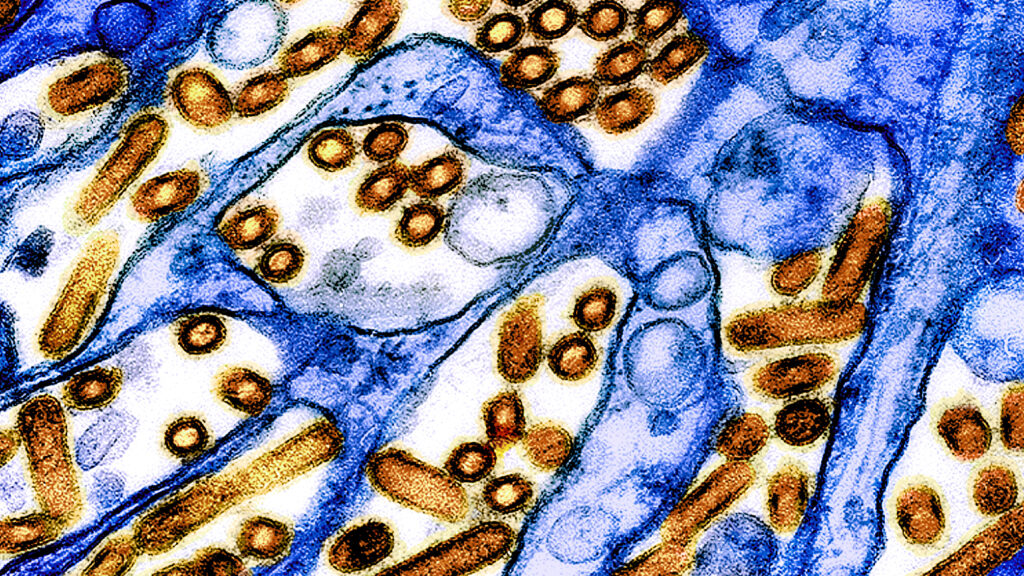The U.S. Department of Agriculture released two reports Thursday that lay out what has been learned about how H5N1 bird flu is moving among dairy cow herds in the United States.
The reports do not shed much new light on the situation. Instead, they sum up what is known: that the outbreak was probably the result of a single “spillover” of the virus from wild birds into a dairy herd, likely late last year, and that movement of cows, farmworkers, and shared equipment appears to be responsible for the spread.
advertisement
But the reports contain some numbers that suggest it will be challenging for the dairy industry to be able to halt the spread of H5N1 in cows.
One of the new reports was based on a voluntary survey of affected herds conducted by the USDA; the report said about 54% of affected farms took part. The second was an in-depth look at the outbreak in Michigan, which has had the most success in getting farms to agree to undergo testing of their animals. It was conducted when Michigan had reported H5N1 in 15 dairy herds and eight poultry flocks. It has since confirmed another 10 infected herds.
advertisement
Here are some of the numbers from the two reports that caught our attention:
60: The first USDA report indicated that 60% of farms that completed its survey acknowledged moving animals off the farm after some of their cows started showing clinical signs of illness. The USDA requires testing of a portion of animals being moved across state lines, but no such rule exists for intra-state movement.
9: Nine of 15 affected farms in Michigan were “closed herds,” which meant they didn’t bring in cattle from other locations. That means the introduction of infected animals from elsewhere cannot explain how the virus ended up in those herds.
100: Virtually all of the farms in Michigan reported having outside individuals come to their farms, most of whom had contact with the animals. They were specifically referencing veterinarians, cattle nutrition and feed consultants, hoof trimmers, and the like. For the national survey, that number was greater than 60%.
50: Half of farms acknowledged using trucks and trailers to move livestock within a month of noticing affected cattle on their premises. Half of the shared vehicles were not cleaned between cattle shipments.
30: More than 30% of employees at affected dairies also work at another farm with livestock, most of which had dairy cattle.
11: Of the 96 affected herds, the USDA said Thursday that operators of only 11 have applied for funds the department has made available to help farmers cover the costs of increased testing, improved biosecurity, and other containment measures.
?: During a briefing Thursday for journalists about the reports, STAT asked the USDA twice how many farms that have had positive cattle are still dealing with the virus. After all, some of the affected herds tested positive in late March. Mark Lyons, who is USDA’s national incident coordinator for the H5N1 response, did not come up with an answer, saying only that “94 herds are the ones we’ve detected since the start of this outbreak.”
Shortly after the briefing, USDA updated its list of affected herds, which now stands at 96 in 12 states.

